Sudanese Grass Seeds, Green Carpet * kg
$1.8
Sudanese Grass Seeds, Green Carpet * kg
250 in stock
Sudan grass or Sorochin millet, Sudan sorghum (lat. Sorghum sudanense) is an annual cereal plant, well known in animal husbandry as a forage crop, characterized by significant productivity and high nutritional value. Due to the powerful root system, the plant is also used to improve the structure of the soil (increase its aeration, moisture capacity, drainage properties), and in mixed crops with annual legumes (soy, vetch, rank, peas, lupine) – as a green fertilizer. Sudanese grass is characterized as salt- and drought-resistant, thermophilic plant, undemanding to soil types (with the exception of swampy and highly saline areas). The plant forms a herbaceous bush up to 3 m high. Intensive growth of Sudan begins 1.5 months after sowing, at this time it adds 5-10 cm per day, which allows several mows per season, as it grows back very quickly after mowing. The second and third cuttings are carried out exactly one month after the previous one. During irrigation, the number of cuttings can reach four or five. To obtain silage, the Sudanese woman is mowed in the phase of milky grain ripeness. The fodder value of green mass and hay of this crop is significantly higher than other cereal grasses due to the high content of proteins (more than 10%), carbohydrates (68%), protein (over 5%, second only to legumes), carotene, sugars and fiber. It also contains a large amount of macro- and microelements: copper, iron, zinc, magnesium, manganese, molybdenum, selenium, potassium and calcium, phosphorus. The beneficial properties of Sudanese grass are also due to the presence of vitamins PP, A, B1, B2, B5, B6, N. Traditionally, Sudanese women are raised to obtain quality livestock feed. Landing. Chernozems and chestnut soils are best for growing Sudanese grass, although it can grow on sandy and loamy soils. This is the so-called short day plant. In the initial periods of its growth, it easily tolerates shading. The predecessors of Sudan can be winter crops, leguminous crops and row crops. The soil after them is enriched with phosphorus-potassium and nitrogen fertilizers. In order to avoid slow growth and thinning of seedlings, which leads to overgrowing of the field with weeds, sow Sudanese grass only into moist and warmed soil (+ 12 … 16 ° C) to a depth of 3–9 cm. in the soil. The seeding rate for Sudanese is 20-30 kg / ha. In the case of mixed crops, it decreases by 15–20%. Under warm climatic conditions, seedlings appear within 5–7 days, but their further development is slow. And only in the tillering phase, intensive plant growth begins. After 35–40 days after germination, the first mowing can be carried out.
| Weight | 0.020 kg |
|---|


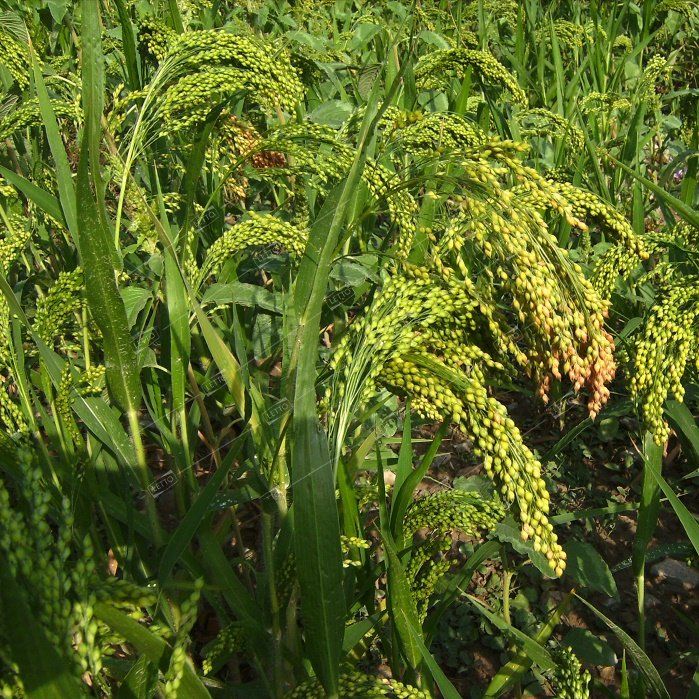
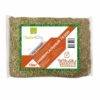
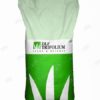
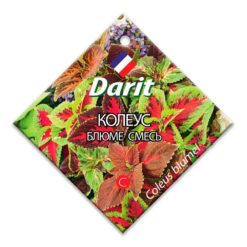
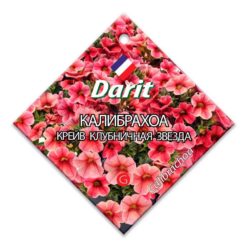
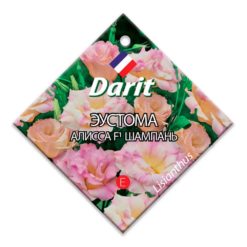
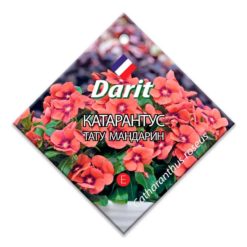
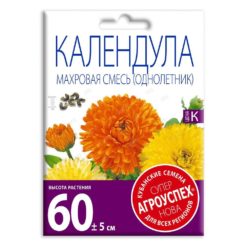
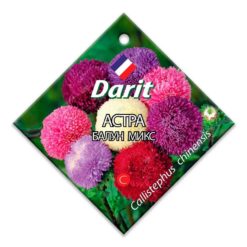
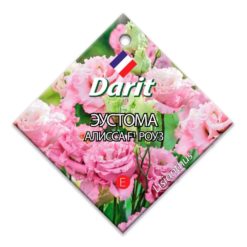
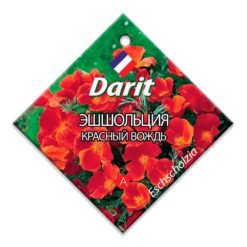
Reviews
There are no reviews yet.